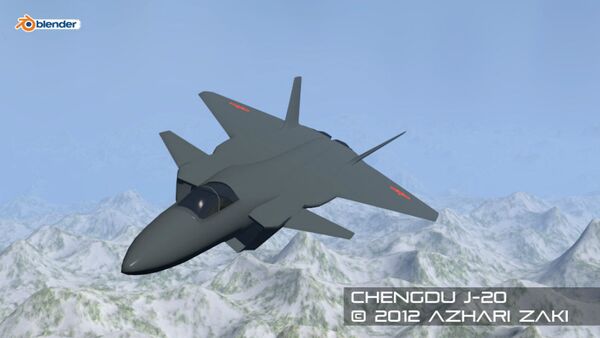Beijing official news agency, Xinhua, published photos of the newest J-20 aircraft, coated in primer paint, earlier this week.
According to the Chinese, the J-20 will become the first full-fledged Chinese fifth-generation fighter but any concrete information about the new warplane’s systems is scarce.
The news agency notes that the J-20 won’t be able to reach its full potential until China develops engines with a thrust-to-weight ratio of ten-to-one.
Beijing is aware that it needs to develop jet engines that can be compared to the Pratt & Whitney F119 and F135, which are installed on the Lockheed Martin F-22 Raptor and F-35 Joint Strike Fighter respectively. China is working on developing its own jet engines, but thus far, its efforts have come to nothing.
China recently made a deal to buy two-dozen advanced Sukhoi Su-35S Flanker-E fighters from Russia, which have a pair of powerful NPO Saturn AL-41F1S afterburning turbofans. China might want to take some of the technology from the AL-41F1S to advance its own engine development, although the new Russian engine—which is an upgraded development of the earlier AL-31F—has yet to prove to be satisfactory for Moscow’s own PAK-FA development.
As magazine The National Interest noted even without new engines, the addition of the J-20 should greatly boost the competences of China’s air force.
“It’s not clear that the J-20 is an air superiority fighter—rather it might be specifically designed to eliminate support aircraft like tankers and intelligence, surveillance and reconnaissance aircraft like the AWACS that enable U.S. air operations over the Western Pacific,” the publication wrote.
It might also have a maritime strike role as part of Beijing’s anti-access/area-denial strategy. The lack of supersonic cruise proficiency might deter the J-20 in that role, but there is a good chance it still poses a significant threat even as it is, noted the National Interest.





